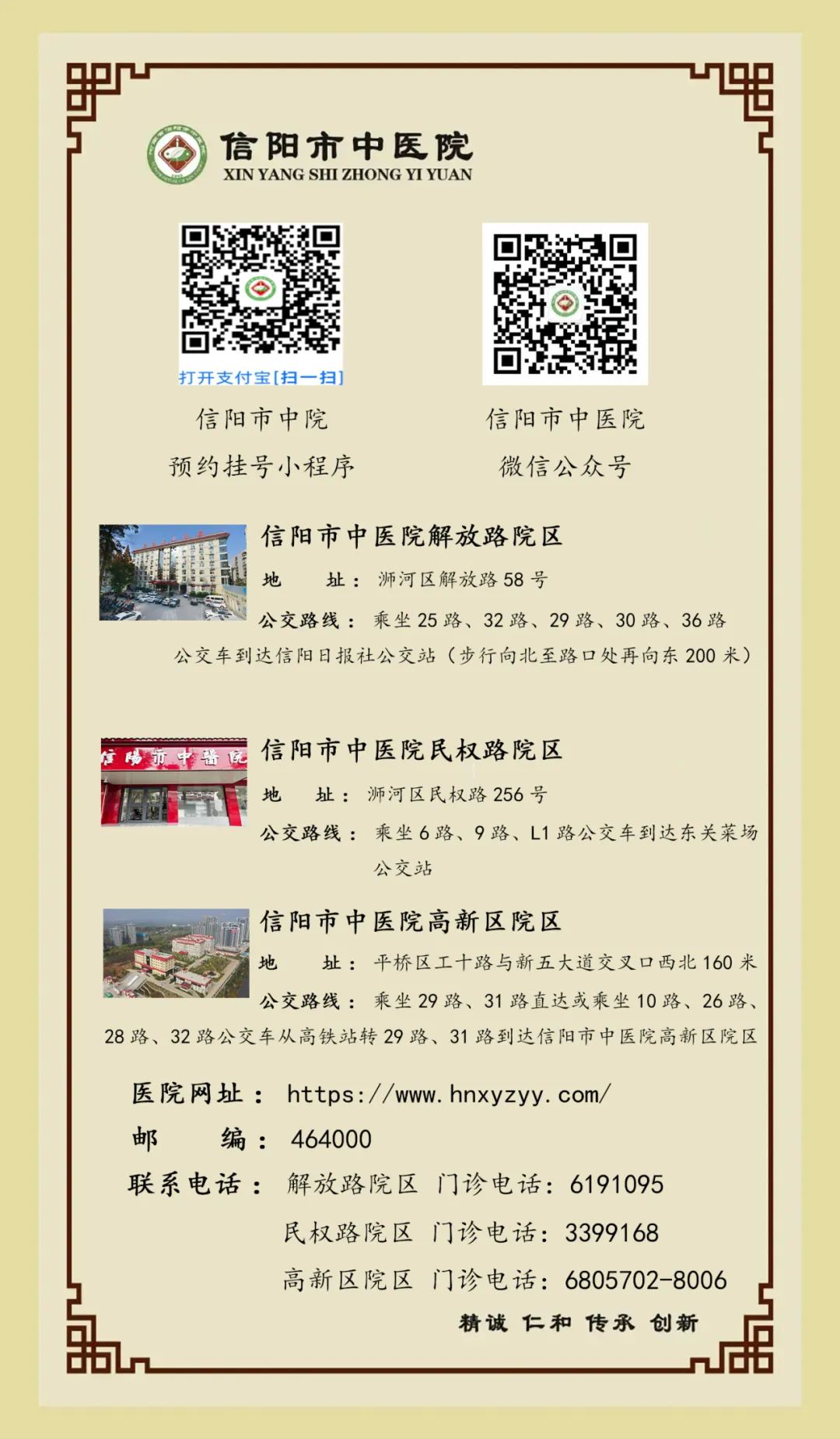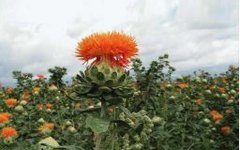Click the blue text to follow us
Honghua (Safflower) and Xihonghua (Saffron) are often mistakenly considered the same due to their similar names. In fact, they are two completely different traditional Chinese medicines. Honghua is a commonly used and affordable medicinal herb, while Xihonghua is a precious herb with a limited supply and high price.
1. Botanical Classification and Origins
1. Botanical Classification: Honghua, also known as Honglanhua, Cihonghua, or Caohonghua, is documented by Ma Zhi: “Honglanhua is Honghua, found in Lianghan and the Western Regions.” Su Song states: “Its flowers are red, and the leaves resemble blue, hence the name blue.” Li Shizhen notes: “Its leaves are similar to small thistle leaves. It blooms in May, with flowers resembling large thistle flowers but red in color.”
Xihonghua, also known as Fan Honghua, Cang Honghua, Jifulan, or Safran, is described by Li Shizhen: “Fan Honghua comes from the Western regions and the land of Tianfang, which is the same as the local Honglanhua.” It was used in food during the Yuan dynasty.
2. Origins: Honghua is the dried flower of the plant Carthamus tinctorius, belonging to the Asteraceae family. It has a pungent and warm nature, entering the Heart and Liver meridians.
Xihonghua is the dried stigma of the plant Crocus sativus, belonging to the Iridaceae family. It has a sweet and slightly cold nature, also entering the Heart and Liver meridians.
2. Distribution and Harvesting
Honghua is cultivated nationwide, primarily in Henan, Sichuan, Xinjiang, and Hebei provinces. The flowers are harvested in summer when they change from yellow to red, then dried in the shade or sun.
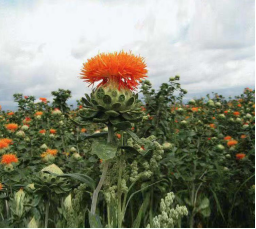
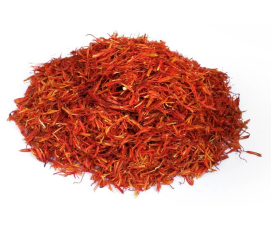
Xihonghua is the dried stigma of the perennial herb Crocus sativus, originally from Mediterranean countries, primarily produced in Iran, Spain, and India. It is now cultivated in regions such as Shanghai and Zhejiang in China. Flowers are harvested in the morning on sunny days, and the stigmas are dried in the sun, low-temperature dried, or air-dried.
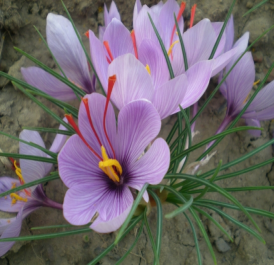
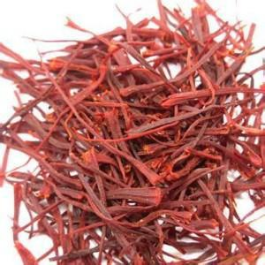
3. Identification of Characteristics
Honghua consists of tubular flowers without ovaries, measuring about 1-2 cm in length. The surface is reddish-yellow or red. The corolla tube is elongated, with five lobes at the tip, and the lobes are narrow and 5-8 mm long. There are five stamens, with yellowish-white anthers clustered into a tubular shape; the stigma slightly protrudes from the anther tube, cylindrical and slightly bifurcated at the top. It is soft in texture, with a faint fragrance and a slightly bitter taste. When soaked in water, it dyes the water golden yellow.
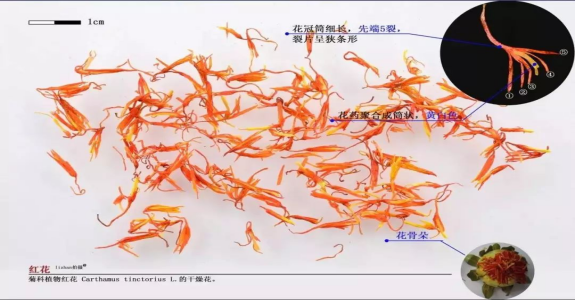
Xihonghua appears as curved, thread-like or linear dried stigmas, with three branches, measuring about 3 cm in length. It is dark red, with the upper part wider and slightly flattened, the edges irregularly serrated, and a short fissure on the inner side. The lower end may sometimes retain a small segment of yellow style. It is light, soft, and lacks oily luster, becoming brittle when dried. It has a unique, slightly irritating aroma and a slightly bitter taste. When soaked in water, an orange-yellow substance descends in a straight line and gradually diffuses, dyeing the water yellow without sediment.
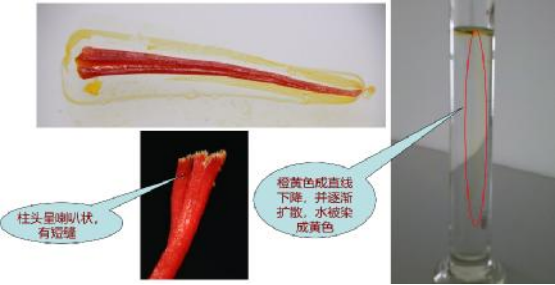
4. Efficacy, Indications, and Usage Precautions
Honghua: Invigorates blood circulation, regulates menstruation, disperses blood stasis, and alleviates pain. It is commonly used to treat menstrual disorders due to blood stasis, dysmenorrhea, and retained lochia, as well as abdominal pain, chest pain, and traumatic injuries. It is a key herb for treating injuries and pain due to blood stasis. It is also used for heat-induced blood stasis and dark rashes. Caution is advised for pregnant women and those with a tendency to bleed.
Xihonghua: Invigorates blood circulation, cools the blood, detoxifies, and calms the mind. It is used to treat menstrual disorders, postpartum blood stasis, warm toxin-induced rashes, depression, and anxiety. Caution is advised for pregnant women.
Text and images: Zhou Cui
Editor: Zheng Sijie
Reviewer: Hu Guanglin
Final Review: Zuo Yong
